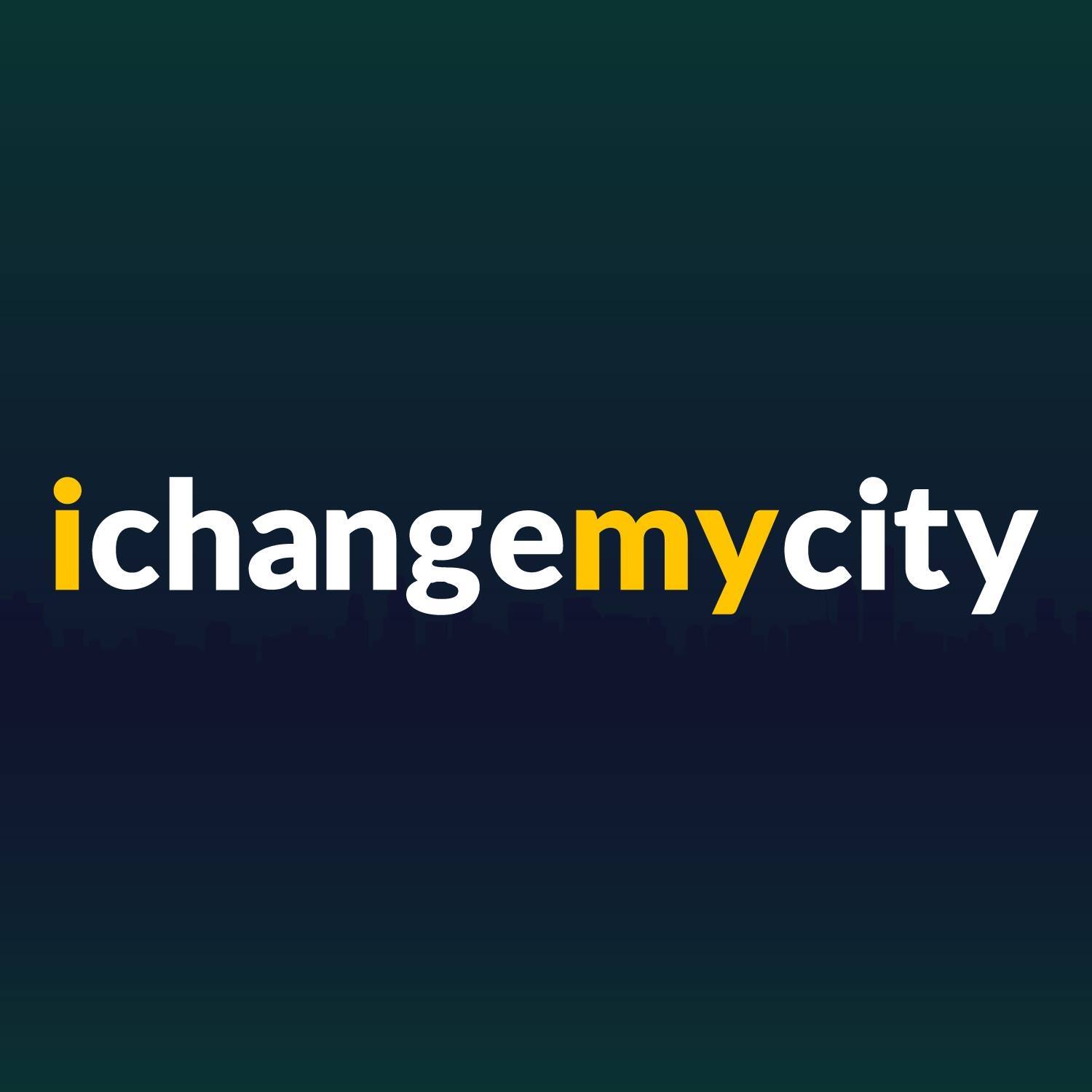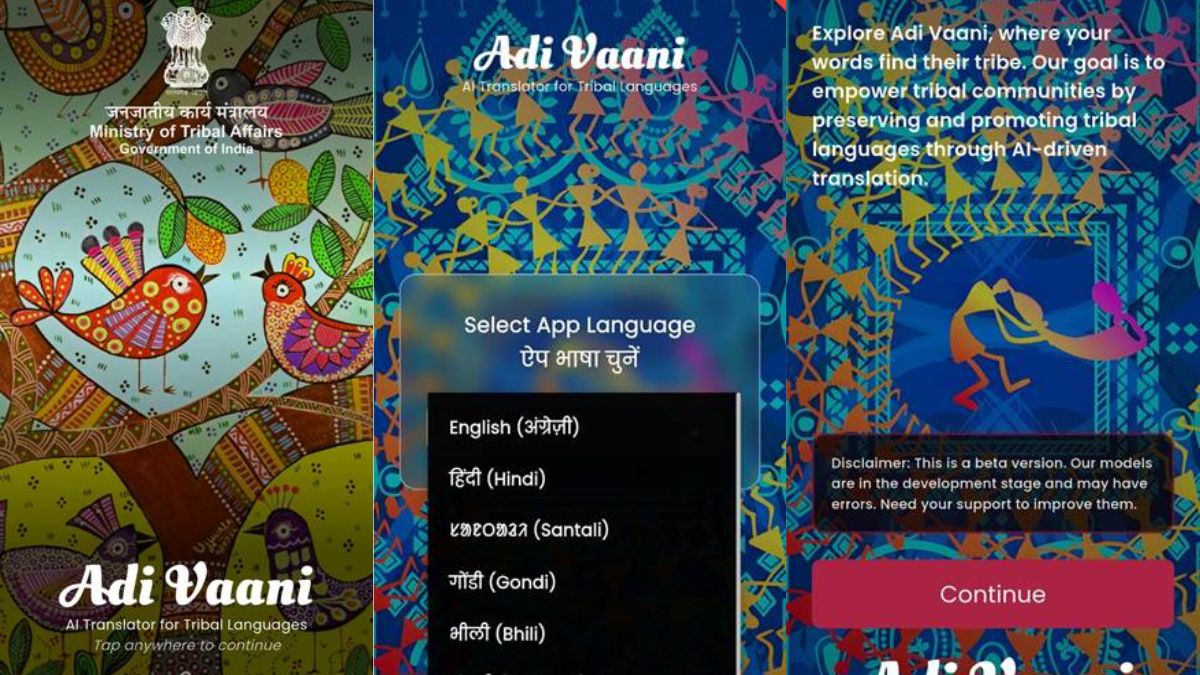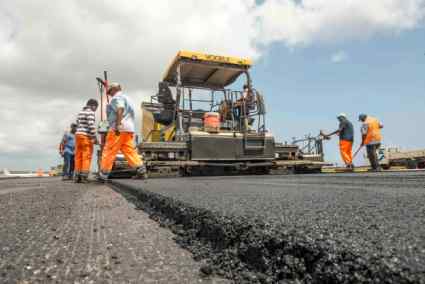I Change My City, more popularly known as ICMYC, is one of the most significant civic-tech experiments to emerge from India in the last decade.
It was launched in 2012 by the Bengaluru-based non-profit Janaagraha Centre for Citizenship and Democracy, with the belief that real change in cities must begin with active citizen participation.
At its core, I Change My City sought to reimagine how urban governance could be made participatory, transparent, and accountable by giving ordinary residents digital tools to highlight local problems and interact with civic agencies. In a country where municipal processes have long been opaque and difficult to access, the platform became an important bridge between people and the state.
The concept was simple yet powerful. Citizens could log on to the website or use the mobile application to report civic issues such as potholes, broken streetlights, overflowing garbage bins, or leaking water pipes. Each complaint was geo-tagged and mapped to the appropriate ward, ensuring that the relevant municipal engineer or authority could be notified.
Unlike traditional grievance redressal systems where complaints often disappeared into bureaucratic files, I Change My City allowed residents to track the status of their complaints in real time. This transparency gave people a sense of empowerment and also kept municipal officials more accountable.
Over time, the platform expanded in scope. In 2014, Janaagraha entered into a partnership with the Ministry of Housing and Urban Affairs to create the Swachhata technology platform, which became the official grievance redressal mechanism for the Swachh Bharat Mission in urban India.
This collaboration scaled I Change My City’s model to thousands of towns and cities across the country. Millions of citizens began to use the Swachhata app to report issues related to sanitation, garbage management, and street cleanliness.
By 2020, the system had handled more than twenty-two million grievances, making it the largest civic-tech platform of its kind in India.
Janaagraha did not limit itself to sanitation. Another well-known innovation was the Public Eye app, developed in partnership with the Bengaluru Traffic Police. This app empowered citizens to report traffic violations by uploading photos or videos. It gained wide traction, with hundreds of thousands of users and over two million reported infractions.
What made it remarkable was not merely the scale but the resolution rate: about two-thirds of the complaints were acted upon, proving that civic-tech interventions could translate into real-world enforcement outcomes.
Equally significant was the introduction of MyCityMyBudget, a participatory budgeting initiative that enabled citizens to directly contribute to decisions on municipal spending. Beginning in 2015, Janaagraha deployed a “budget bus” that travelled across Bengaluru to collect citizen inputs on how local ward funds should be spent.
These ideas were consolidated into ward-level priorities, and the municipal budget was influenced by these citizen recommendations. Over time, crores of rupees were allocated in line with the inputs received from residents, making this one of the most successful experiments in participatory budgeting in India. For a city like Bengaluru, where infrastructure challenges multiply every year, this initiative demonstrated how ordinary people could shape the civic agenda.
The achievements of I Change My City were widely recognised. It received the prestigious Google Global Impact Award in 2013, which gave it international visibility and validation. The platform went on to win the Manthan Award in South Asia for digital innovation, the ISIF Asia Award for rights and community choice, and recognition as one of the forty-one “Gems of Digital India.” It was also honoured by the National Democratic Institute and listed among the most impactful civic-tech initiatives worldwide by the World Bank.
These awards were not just acknowledgments of technological prowess, but endorsements of a broader vision that citizen participation could be institutionalised through digital platforms.
The numbers also spoke for themselves. By 2017, I Change My City had registered over six hundred thousand users and logged nearly a quarter of a million complaints, of which more than seventy percent were resolved. The resolution rate was particularly important because it signalled that citizens were not engaging with a tokenistic mechanism; rather, their voices were influencing tangible change on the ground.
The Swachhata app built on this success by expanding to smaller towns, where ordinary residents who might never have walked into a municipal office suddenly found themselves able to reach civic officials through their mobile phones.
Yet, the journey was not without challenges. Integrating digital complaint systems into the workflow of legacy municipal departments proved to be complex. Many city governments lacked the technical capacity or institutional incentives to act on citizen reports in a timely manner.
Scaling the platform beyond Bengaluru and Mumbai also required customised outreach and political buy-in, which was not always forthcoming. In some places, citizens downloaded the app but stopped using it when they did not see immediate results. Civic participation, it turned out, was not just about technology; it was about trust, responsiveness, and long-term engagement.
Another issue was sustaining citizen interest. While early adopters flocked to the platform with enthusiasm, maintaining that momentum demanded ongoing campaigns, workshops, and incentives. Janaagraha recognised that digital platforms alone could not sustain civic energy; they had to be supplemented by on-ground civic learning programs.
Since 2002, the organisation had already been working in schools to nurture civic awareness among young people. These educational initiatives became even more relevant in the age of I Change My City, ensuring that the next generation of urban Indians would see themselves not as passive residents but as active co-creators of their cities.
Despite these difficulties, the platform continued to evolve. Janaagraha launched the Ward Infrastructure Index to systematically measure the quality of infrastructure across Bengaluru’s wards, feeding data into the participatory budgeting process. It partnered with city authorities in Gurugram to develop liveability metrics that could guide planning decisions. These experiments broadened the vision of I Change My City beyond grievance redressal towards systemic reforms in municipal finance, infrastructure planning, and city systems.
The philosophy was clear: fixing potholes was important, but fixing the system that produced potholes in the first place was essential.
As of 2025, I Change My City continues to operate as a vibrant civic-tech ecosystem. Its features—complaint redressal, participatory budgeting, traffic monitoring, and civic data visualisation—remain accessible to residents of Bengaluru and Mumbai, while its Swachhata modules serve thousands of towns across India.
Janaagraha, under the leadership of Srikanth Viswanathan, has increasingly focused on broader city-systems reform, emphasising the importance of municipal finance, planning capacity, and institutional accountability. The organisation has come to embody a dual mission: to provide citizens with immediate tools for engagement, and to push for deeper reforms in the way Indian cities are governed.
The story of I Change My City offers important lessons for civic-tech innovators across the world. First, it shows that transparency and feedback loops can transform citizen-government relationships. When people can see their complaints being tracked and resolved, their faith in institutions increases. Second, it demonstrates that localised data, presented in accessible formats, can empower communities to demand better governance. Third, it highlights that civic-tech platforms cannot succeed in isolation; they must be embedded within supportive political and administrative frameworks. Finally, it proves that long-term change requires investing in civic education and awareness, not just apps and dashboards.
In sum, I Change My City is not merely an app or a website but a symbol of the possibilities of participatory democracy in twenty-first century India. It has given citizens new ways to raise their voices, pushed governments to respond more effectively, and earned international recognition as a model for civic engagement. Its challenges are real, but so are its achievements.
As Indian cities continue to grow and grapple with complex challenges, platforms like I Change My City remind us that urban transformation is not only about technology or infrastructure but about citizens who believe they have the power to shape their own cities.
- By our correspondent







